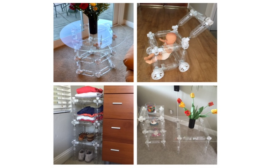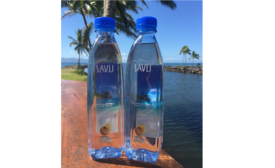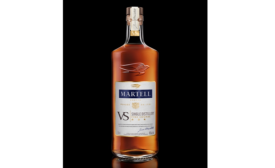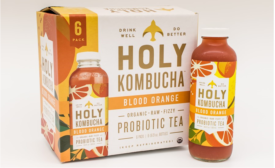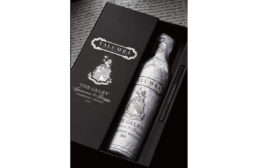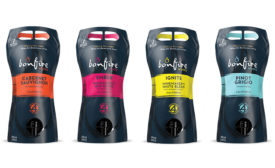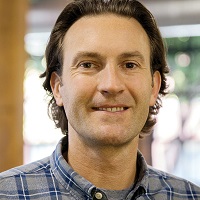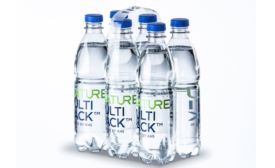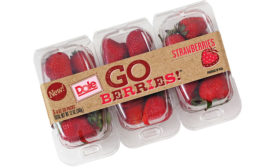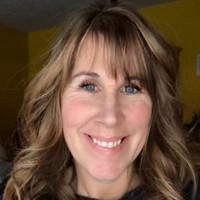Cans & bottles
Market Trends: Wine Packaging
Could wine be the new craft beer?
A look at the innovations in wine packaging that are catapulting the segment into stardom.
June 16, 2017
Market Trends: Snack Food Packaging
Packaged snacks disrupting meal time
Snacking has become the favored way to eat, but has the packaging kept up with demand?
June 13, 2017

